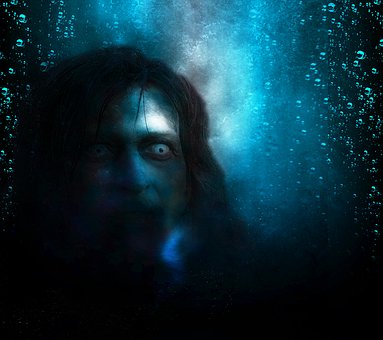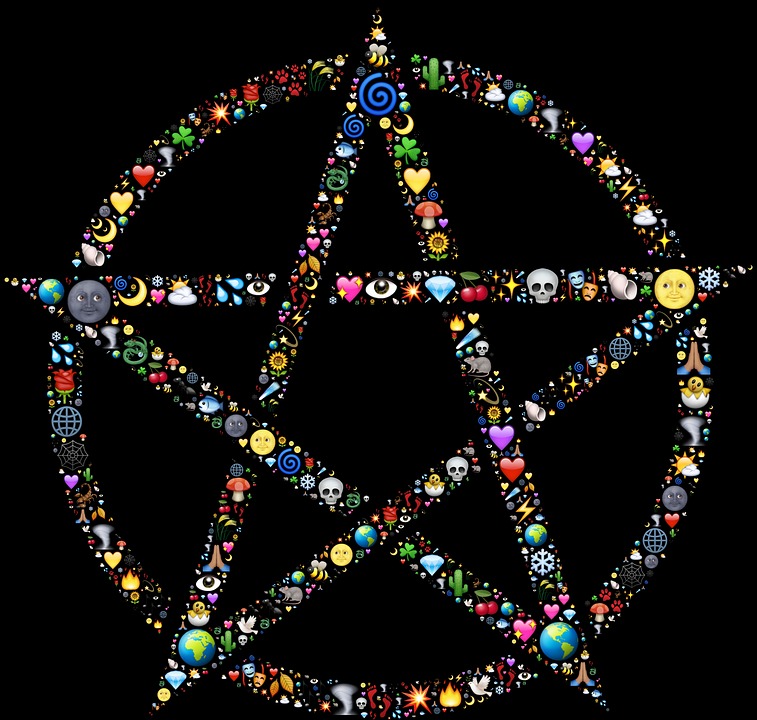A variation of the Banshee legends, this Welsh creature was said to give warning of impending death. Heard only at crossroads or near a river, the cry of the Cyroeraeth was accompanied by splashing water. Although it was very rarely seen, the Cyroeraeth has been described as a woman with tangled hair and long withered arms. Its face was described as withered and ghastly, and it had long black teeth.
Tag: legends
Black Dogs
In Arthur Conan Doyle’s The Hounds of the Baskervilles, he describes a black dog, just like the ones that appear in British legends. “…there stood a foul thing, a great black beast, shaped like a hound, yet larger than any hound that ever mortal eye has rested upon.” It is said, in legend, that if one spied, or spoke to one of these large dogs (the size of a calf or larger) he was bound to die. They are also known to have eyes that shine in the dark. In Scotland, tales of the cu sith, or færie hound was also known to foretell death or illness.
Igosha
by Cyril Korolev
In Russian folklore an Igosha is a household sprite, a handless and legless monster. Legends say that an Igosha is the spirit of a new-born baby who died without being christened. Igoshas lives here and there and are very fond of cruel pranks. To appease one, people should acknowledge his presence loudly, give him a spoon and a loaf of bread at the table – or a hat and mittens for the winter.
NEOPAGAN SYMBOLISM
Today’s lecture has two purposes. First, we will deal with the legends, meta-legends, and conventions that form the basis for most Neopagan ritual. Then we will discuss the purposes behind a witchcraft initiation, and walk through the one that the graduates of this class will perform.
NEOPAGAN SYMBOLISM
Today’s lecture has two purposes. First, we will deal with the legends, meta-legends, and conventions that form the basis for most Neopagan ritual. Then we will discuss the purposes behind a witchcraft initiation, and walk through the one that the graduates of this class will perform.
- Theology/Thealogy
Theology and thealogy (the alpha-ending, Thea, being the Greek feminine ending) are outlined to show how Neopagans relate to their own and other people’s choices of gods. The hook on which this will all be hung is that most of the Gods represent facets of human experience personified.



